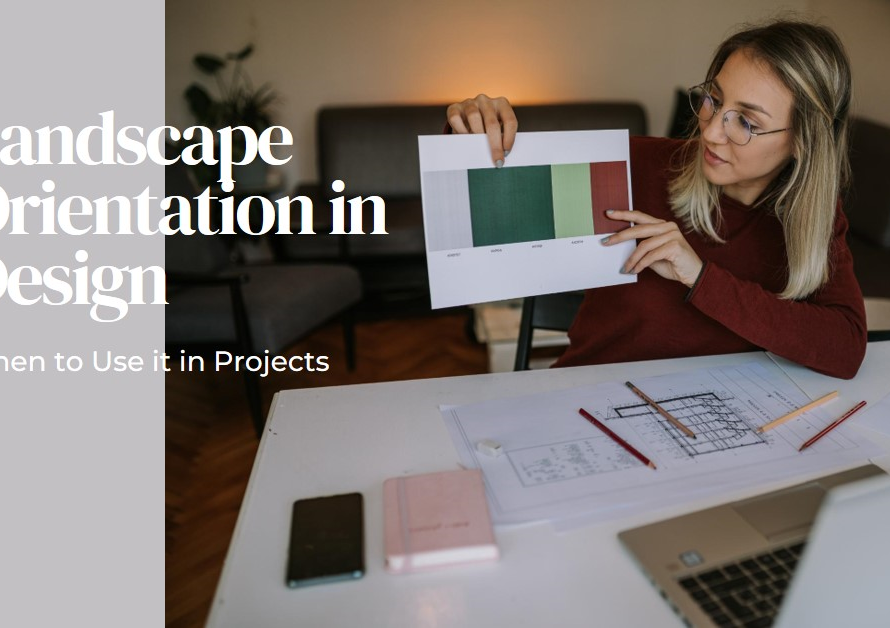
Table of Contents
- Introduction to Interior Design
- 1. The Visionary: Philippe Starck
- 2. The Elegant Stylist: Kelly Wearstler
- 3. The Modernist: David Rockwell
- 4. The Innovator: Patricia Urquiola
- 5. The Maestro: Peter Marino
- 6. The Craftsman: Thomas Heatherwick
- 7. The Minimalist: John Pawson
- 8. The Trendsetter: Ilse Crawford
- 9. The Maverick: Marcel Wanders
- Conclusion: Shaping the Future of Interior Design
Introduction to Interior Design
When it comes to transforming spaces, non-residential interior designers hold a unique place in the realm of design. These visionaries shape the environments where we work, shop, dine, and more, ensuring that every space serves its purpose while exuding aesthetic appeal. Let’s delve into the world of top non-residential interior designers who are redefining commercial spaces with their innovative approaches.
1. The Visionary: Philippe Starck
A Legacy of Innovation
Philippe Starck is synonymous with contemporary design. His philosophy of creating spaces that are not only visually stunning but also functional has made him a revered figure in the design world. From boutique hotels to chic restaurants, Starck’s designs reflect a blend of whimsy and sophistication.
Iconic Projects
One of Starck’s notable projects is the Royalton Hotel in New York City, which set the standard for boutique hotels worldwide. His work at the Paramount Hotel is another testament to his ability to infuse luxury with practicality, creating spaces that are both inviting and awe-inspiring.
2. The Elegant Stylist: Kelly Wearstler
Bold and Bespoke
Kelly Wearstler is celebrated for her bold, eclectic style that seamlessly marries modern elegance with vintage elements. Her distinctive approach involves layering textures, colors, and patterns to create environments that are both luxurious and unique.
Landmark Designs
Wearstler’s work on the Viceroy Hotel in Santa Monica and the Proper Hotels in various cities showcases her talent for creating vibrant, engaging spaces. Her ability to incorporate local culture and history into her designs makes each project uniquely immersive and experiential.
3. The Modernist: David Rockwell
Creating Experiences
David Rockwell is a master of designing spaces that tell a story. His background in theater heavily influences his approach to interior design, focusing on creating dynamic environments that captivate and engage users.
Noteworthy Contributions
Rockwell’s work on the Nobu restaurants and W Hotels demonstrates his ability to blend luxury with functionality. His designs for the Academy Awards sets further highlight his flair for creating memorable, visually striking spaces that leave a lasting impact.
4. The Innovator: Patricia Urquiola
Fusion of Forms
Patricia Urquiola’s design philosophy revolves around blending different forms, materials, and styles to create harmonious spaces. Her work often features a mix of contemporary and traditional elements, resulting in interiors that are both innovative and timeless.
Signature Projects
Urquiola’s designs for the Mandarin Oriental Hotel in Barcelona and the Il Sereno Hotel on Lake Como exemplify her ability to create serene, elegant environments. Her attention to detail and use of natural materials ensure that each space is both functional and aesthetically pleasing.


5. The Maestro: Peter Marino
Artistry in Design
Peter Marino is renowned for his ability to merge art and architecture in his interior designs. His approach often involves incorporating high-end art pieces into his interiors, creating spaces that are not only functional but also serve as art galleries.
Distinguished Works
Marino’s work for luxury brands such as Chanel, Louis Vuitton, and Dior showcases his talent for creating opulent, sophisticated spaces. His ability to seamlessly integrate brand identity into his designs ensures that each project is distinctive and reflective of the brand’s essence.
6. The Craftsman: Thomas Heatherwick
Pushing Boundaries
Thomas Heatherwick is known for his inventive, boundary-pushing designs that often challenge conventional notions of interior spaces. His multidisciplinary approach combines architecture, sculpture, and engineering to create truly unique environments.
Remarkable Projects
Heatherwick’s work on the Zeitz MOCAA in Cape Town and the Google Headquarters in London highlights his ability to create dynamic, engaging spaces. His designs often incorporate sustainable elements, reflecting his commitment to environmental responsibility.
7. The Minimalist: John Pawson
Essence of Simplicity
John Pawson’s minimalist approach to interior design emphasizes simplicity, functionality, and purity of form. His designs often feature clean lines, open spaces, and a restrained color palette, creating serene, contemplative environments.
Signature Creations
Pawson’s work on the Design Museum in London and the Nový Dvůr Monastery in the Czech Republic are prime examples of his minimalist philosophy. His ability to create spaces that are both functional and aesthetically pleasing through the use of minimal elements is unparalleled.
8. The Trendsetter: Ilse Crawford
Human-Centric Design
Ilse Crawford is a pioneer of human-centric design, focusing on creating interiors that enhance the wellbeing of their occupants. Her approach involves designing spaces that are not only beautiful but also comfortable and nurturing.
Influential Projects
Crawford’s work on the Ett Hem hotel in Stockholm and the Soho House in New York showcases her talent for creating warm, inviting spaces. Her designs prioritize comfort and usability, making them ideal for both residential and non-residential settings.
9. The Maverick: Marcel Wanders
Whimsical Elegance
Marcel Wanders is celebrated for his whimsical, eclectic designs that often feature bold patterns, colors, and textures. His approach involves pushing the boundaries of traditional design to create spaces that are both playful and sophisticated.
Iconic Spaces
Wanders’ work on the Mondrian South Beach Hotel and the Andaz Amsterdam Prinsengracht exemplifies his ability to create vibrant, engaging interiors. His designs often feature unexpected elements, adding a touch of surprise and delight to each space.
Conclusion: Shaping the Future of Interior Design
The world of non-residential interior design is rich with talented individuals who are continuously pushing the boundaries of what is possible. From luxurious hotels to cutting-edge offices, these designers are creating spaces that not only serve their intended purposes but also inspire and captivate all who enter. As the industry evolves, the contributions of these visionary designers will undoubtedly continue to shape and redefine the environments we inhabit.
In conclusion, the top non-residential interior designers are those who combine creativity, functionality, and innovation to transform spaces into extraordinary experiences. Their work reflects a deep understanding of design principles, a keen eye for detail, and an unwavering commitment to excellence. As we look to the future, these designers will remain at the forefront of the industry, setting new standards and inspiring future generations of designers.



